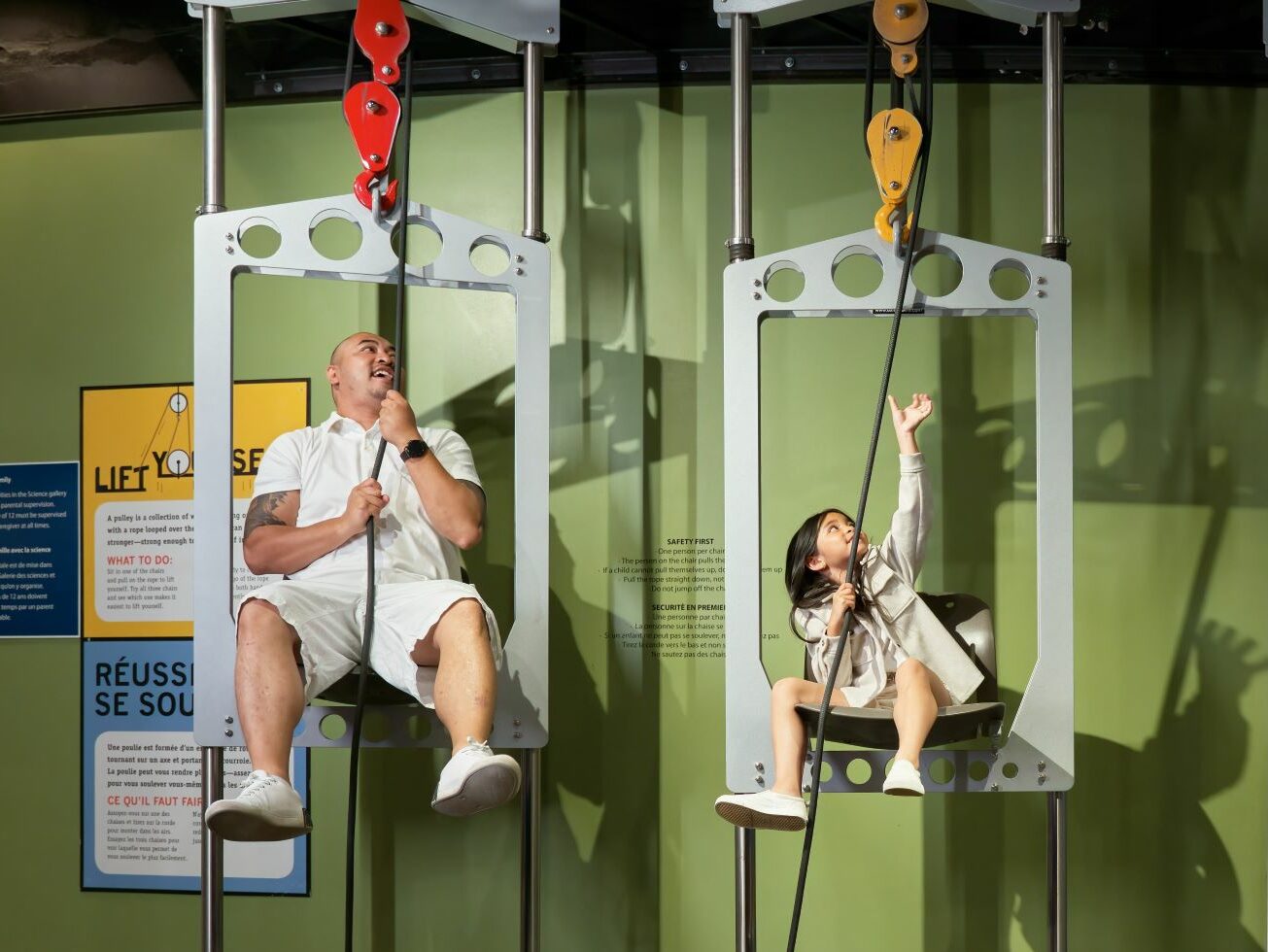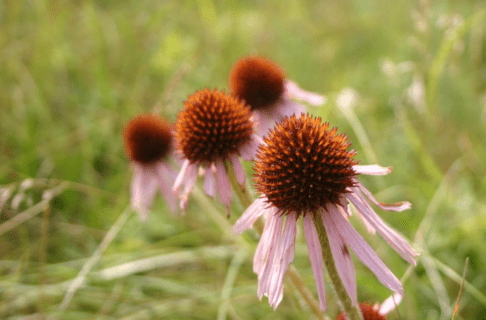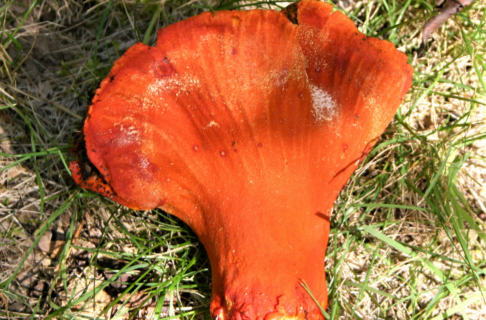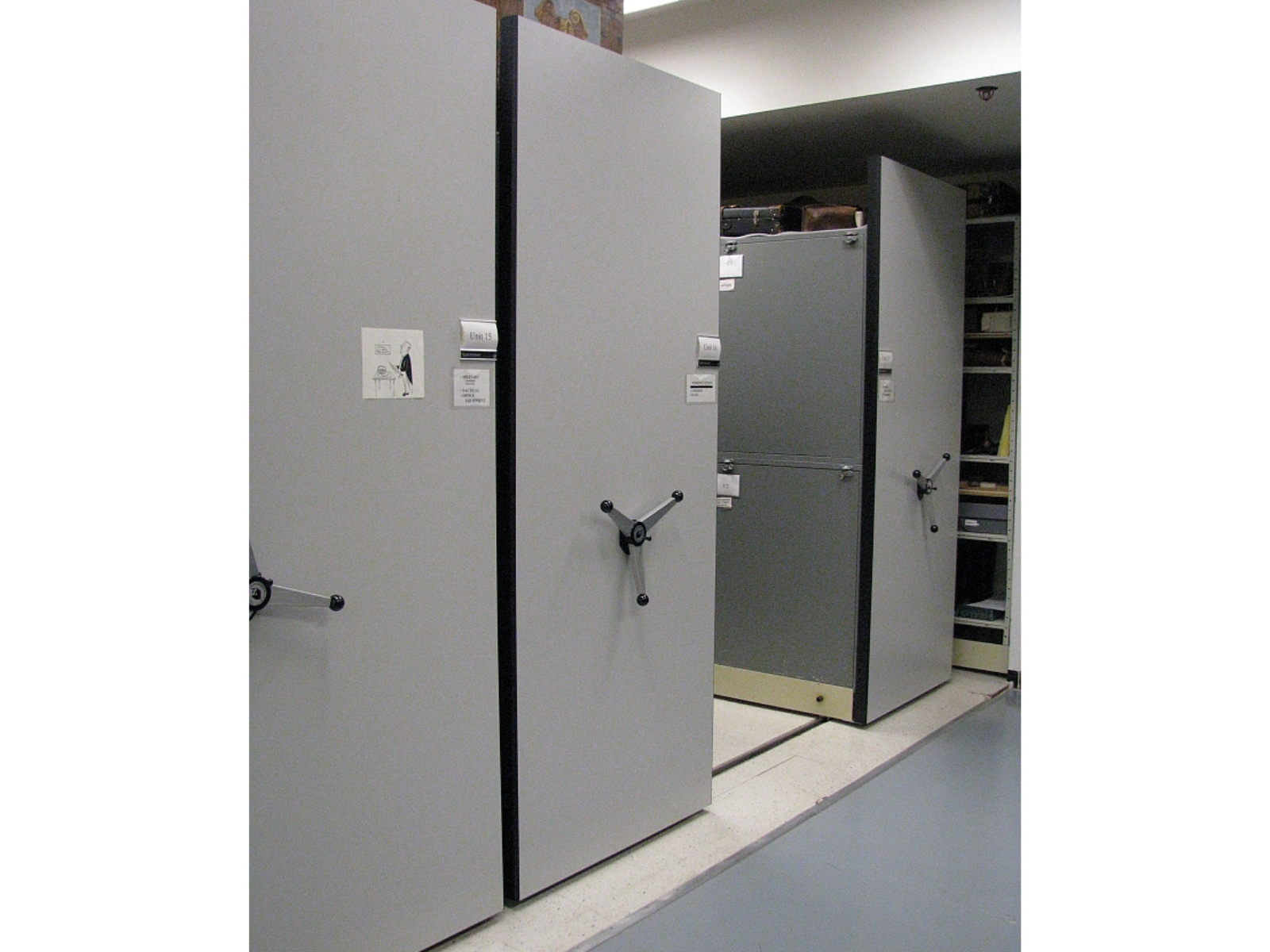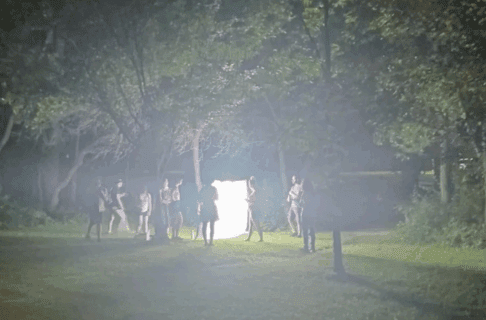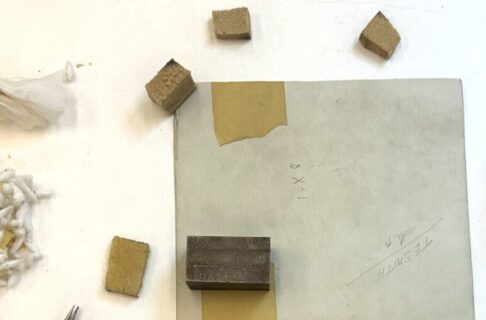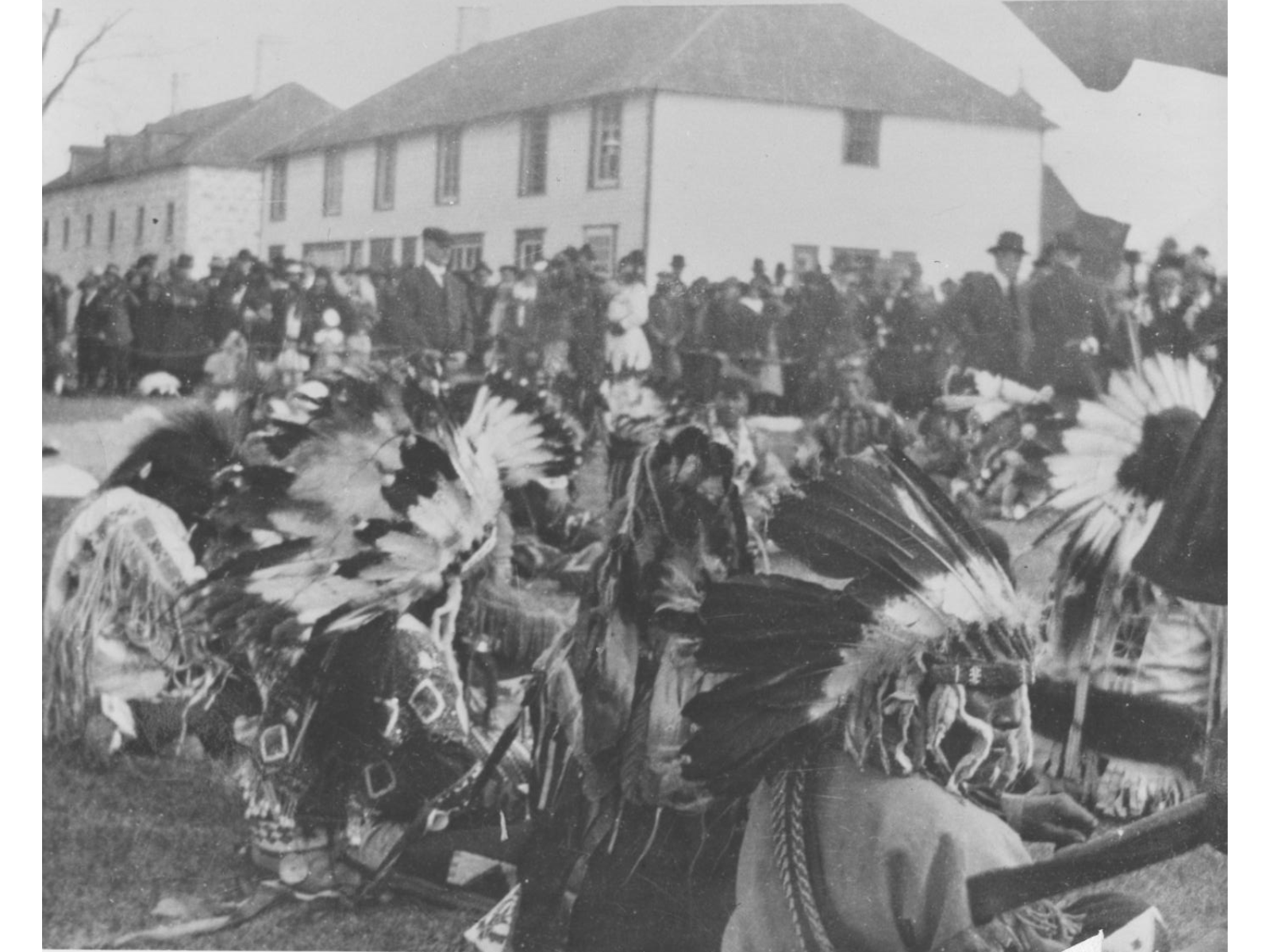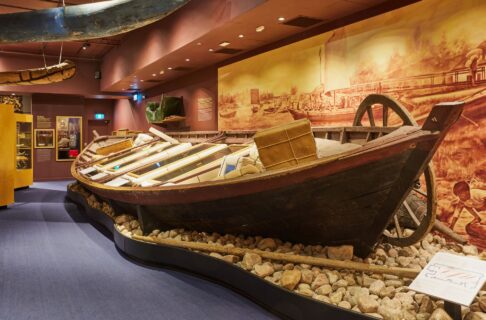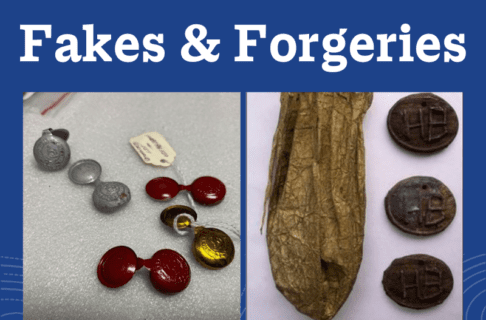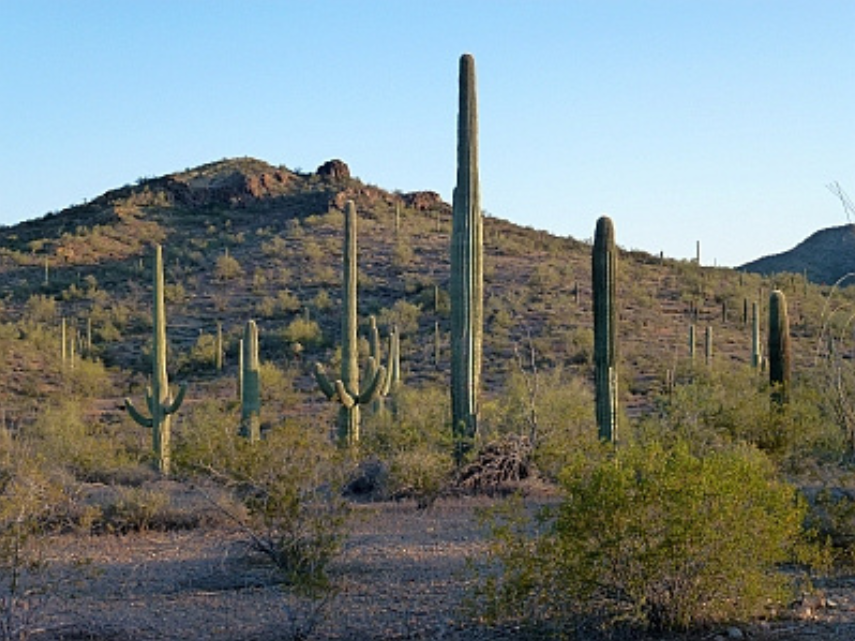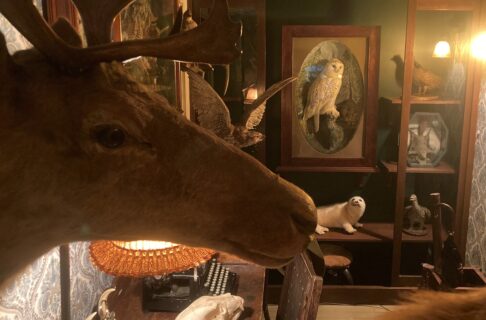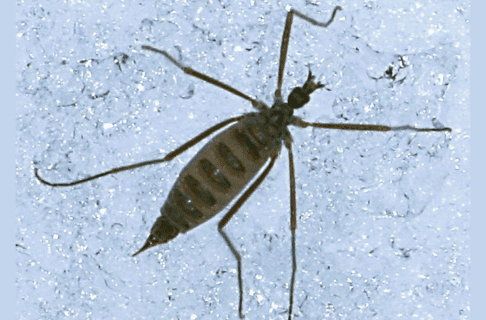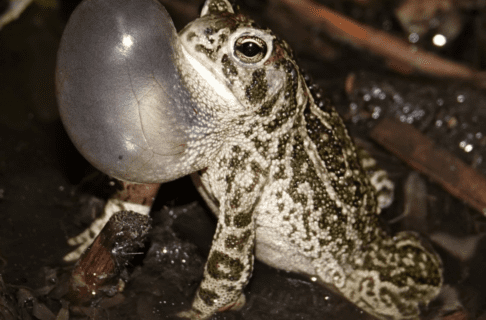Posted on: Friday April 20, 2012
Nature preservation is often seen as something that is “nice” for people to do if they can afford to as it really isn’t all that important for the survival of humanity. Increasingly though scientific research is revealing that this attitude is based on an incomplete understanding of how the world works.
For the last several years I have been studying the interactions between insect pollinators and wild plants. I’ve discovered that plants do not depend on just one pollinator; they are pollinated by multiple species of insects. In turn, these pollinating insects depend on a multitude of plant species to help them survive. The end result is an intricate web of interactions, much like a social network, where the health of the entire system depends on the health of each individual species. If any species are lost, the web becomes weakened and less resilient in the face of unusual events, like severe droughts, and climatic changes. Computer models suggest that the loss of species engaging in the most interactions (such as bees) will result in a more rapid cascade of secondary extinctions than species with fewer interactions (1).
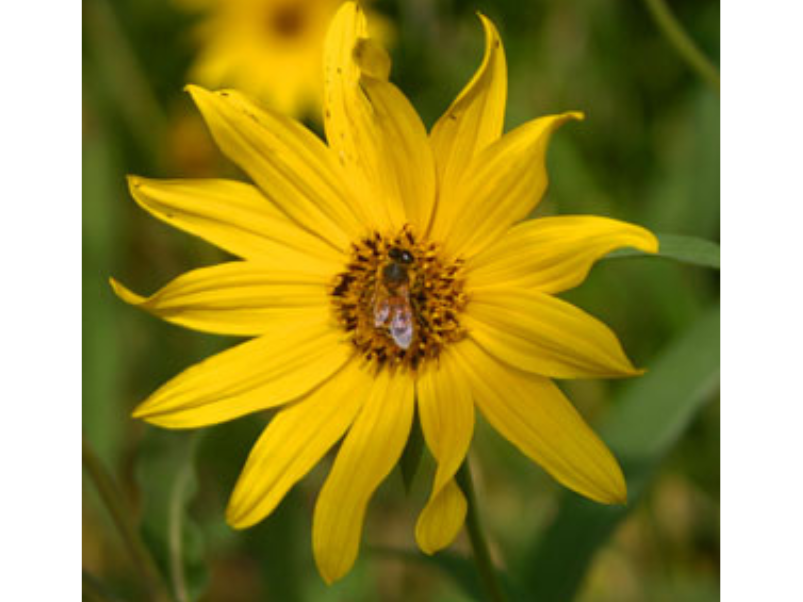
Bees love wild sunflowers!
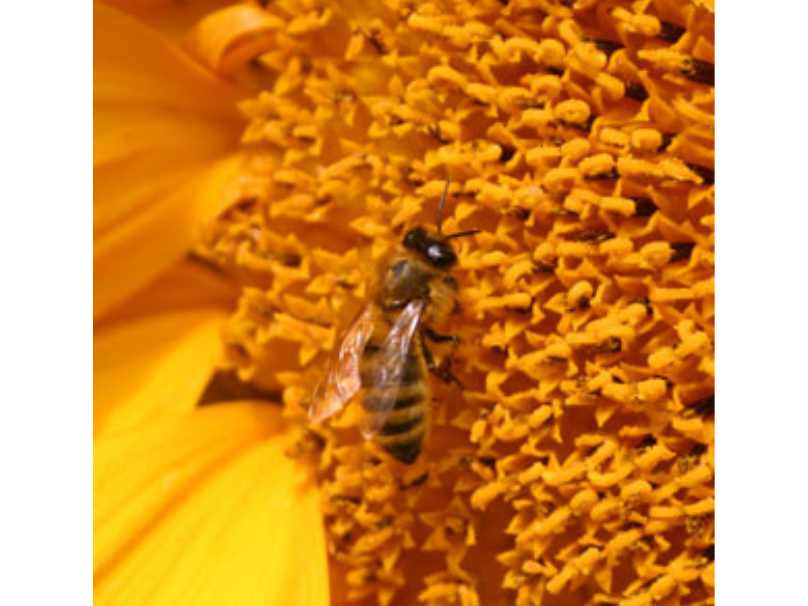
Honeybees pollinate crop plants like sunflowers.
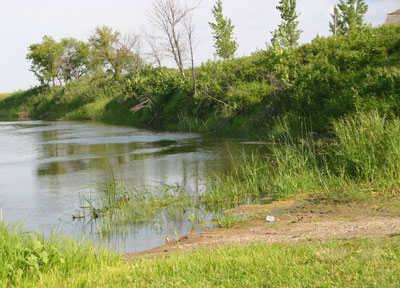
Humans are also connected to this massive pollinator web. Wild bumblebees and honeybees feed on the nectar from wild plants as well as our crop plants, like canola, blueberries, strawberries, and sunflowers to name a few. In fact, one in every three bites of our food depends on a pollinator! The economic value of these wild pollinators in the U.S. alone is estimated to be at least $3.07 billion every year (2)! Evidence suggests that the current decline in bee populations is related to pesticide exposure and the loss of native habitat (3,4). Bee colonies, weakened and stressed by lack of food from wild plants and pesticide exposure appear to be more susceptible to attack by Varroa mites (4). If pollinators die off, crop production will decrease and humanity will suffer. However, reducing pesticide use or growing food organically can help protect pollinators (5,6). Conserving natural habitats like wild grasslands, and agricultural landscape features such as hedgerows and windbreaks, can help maintain pollinators by providing them with food and nesting areas (2,4). In this context we see that nature preservation is not really a luxury but an act of self preservation.
Image: Natural wetlands store water and help prevent catastrophic floods.
Measures that protect nature can also help to save human lives. Pesticides can negatively affect human health; measures that restrict or control their use are therefore of direct benefit to humans (7). Conservation of wetlands can help reduce flooding and improve air and water quality, outcomes that also help protect human health. Our species needs to protect and find ways to work with, not against, natural systems as doing so is ultimately in our own self-interest.
References
- http://www.ncbi.nlm.nih.gov/pmc/articles/PMC1691904/pdf/15615687.pdf
- http://nature.berkeley.edu/kremenlab/Articles/Value%20of%20Wildland%20Habitat%20for%20Supplying%20Pollination%20Services%20to%20Californian%20Agriculture.pdf
- http://www.ufz.de/export/data/1/22686_Potts_et_al_2010.pdf
- http://www.uoguelph.ca/canpolin/Publications/Poll_decline_ENG_MC3-1.pdf
- http://onlinelibrary.wiley.com/doi/10.1111/j.2007.0030-1299.16303.x/abstract
- http://www.jstor.org/discover/10.2307/4543402?uid=3739408&uid=2129&uid=2&uid=70&uid=3737720&uid=4&sid=47698832505157
- http://www.hartfordhospital.org/Portals/1/Images/22/PerinatalSymposium2011/Pesticides%20and%20Health%20Risks.pdf



